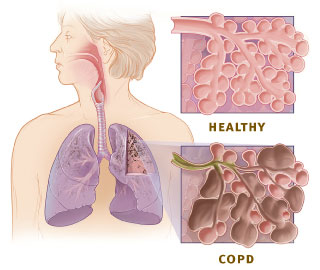Food and gut microbes acting together in increasing production of TMAO (Trimethylamine N-Oxide) may increase the risk of Heart Attack from atherosclerosis.
| Structure of Trimethylamine oxide (TMAO) (Photo credit: Wikipedia) |
A study published online in the Cleveland Clinic on April, 2013 establishes the link between carnivorous/omnivorous food habit with predisposition to atherosclerosis and heart attack, to be TMAO (Trimethylamine Nitric-Oxide), a by-product of gut microbial action on certain foods containing lecithin and carnitine.
The researchers have proved that cholesterol cannot only be indicted to be the culprit in atherosclerosis, TMAO is the new found main facilitator for the plaque formation in the arterial walls.
Diets such as red meat and egg (Yolk) etc. when acted upon by the certain gut microbiota, produce TMAO, which is absorbed to the system and adversely affecting the reverse cholesterol transport; interferes with the metabolism of cholesterol in liver, only to facilitate its' deposition in the arterial walls, altering the macrophage foam cell function.
It is not precisely known which microbes from about a trillion of gut microbiota are responsible for increased TMAO production. In the study, when the gut flora was suppressed by antibiotics, production of this by-product was decreased. However, the Bacteroid type enterotype are associated with meat fat and protein eaters.
However, antibiotics are not recommended for prevention on heart attack because the gut flora recoups soon after the initial suppression by developing resistance.
The TMAO production was less in vegetarians and people on Mediterranean diet, in comparison to meat eaters. It is also interesting to observe that two different people can experience the same food differently because
they have different gut flora. One person may generate a little more of a
compound like TMAO than the other.
This concept is a new way of
thinking about complex diseases like atherosclerosis and other
cardiometabolic diseases. It can also apply to obesity and insulin
resistance. Data links intestinal flora involvement in those phenotypes
in both mice and humans.
There have been very exciting data from a gut flora transplant in
persons with metabolic syndrome who received either their own fecal
samples or those from a lean donor. Persistent changes in insulin
sensitivity occurred just by transplanting the intestinal flora from one
individual to another.
With the present level of knowledge, there has not been any recommendation on stopping meat eating for the purpose. But, promoting vegetarian diet is not a bad idea.
...
Click here to Subscribe news feed from "Clinicianonnet; so that you do not miss out anything that can be valuable to you !!
...






